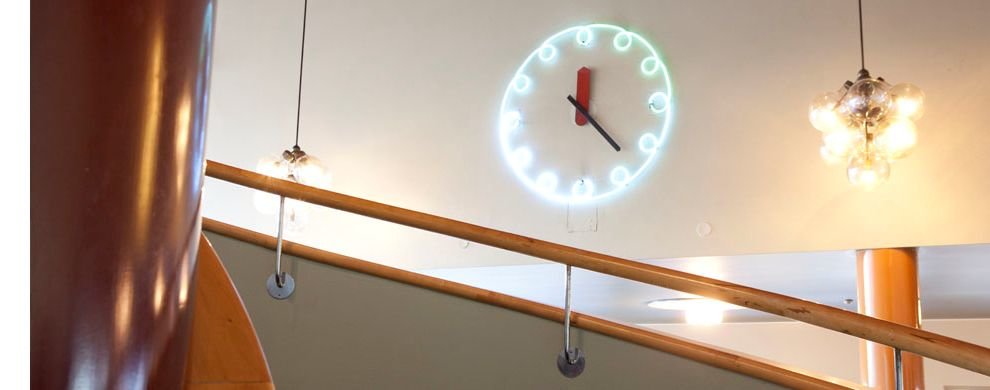Science journalists in the Finnish forests
The WCSJ2013 Programme Committee is steaming ahead with the evaluation of all proposal submissions. While the process continues, here’s a preview of the Science by Midnight -seminar, a special Finnish outdoor event at WCSJ2013.
World science journalists go to Finnish forests in WCSJ2013, Helsinki

Image: Eeva Pitkälä
Helsinki, Finland will be the host city for the next world conference of science journalists in 2013. WCSJ2013 wants to offer analysis, practical ideas and visions of the role that science journalism will play in 2020.
For the programme, WCSJ2013 received nearly two hundred proposals from 42 countries in all continents. The proposed topics for seminars, plenary sessions and workshops run from cutting edge seminars of data sourcing journalism to digital media and the more traditional best-sellers of all science writers conferences: how to proceed from hard research facts to an interesting story.
Science at Midnight – in the forest
Combined with strictly professional science journalism, the Helsinki team wants to offer the participants a memorable trail into the depths of the Finnish forests. Most of the 2013 conference will convene at the very heart of the city. By contrast, the unique Science at Midnight –seminar will be set in a coniferous boreal forest near Helsinki.
The Finnish forests, the westernmost part of the Eurasian forest belt, the huge Taiga, have been at the core of the country’s economy and society for centuries. The most extensively forested country in Europe, Finland has forests covering 86 percent of its land area. Actually, there are about four and half hectares of forest to every citizen.
For us Finns, the forest is synonymous with wealth: food and shelter, fire wood, tar, timber, pulp and paper. Sustainability, closeness to nature, and forest protection are an integral part of the national economic policy and forest management. At the same time, cultural and literary research on forest traditions abound and Finnish children grow up with tales of “forest people” like goblins, elves and pixies.
Measured by its share of the national economy, forest industries have long been one of the largest branches of industry in Finland. Nevertheless, rapid changes in the field now are pushing forward the production of new renewable wood-based materials alongside traditional forest industry products.
Future emphasis will focus on technologies that conserve energy and production resources as well as other new innovative products – goods manufactured out of microfibril cellulose, wood/plastic composites, as well as liquid biofuels, biochemicals and biopolymers produced by the second-generation biorefineries of the future already being planned.
Forestcluster Ltd, one of the six strategic centres for science, technology and innovation in Finland, has as its goal the development of industry expertise. It facilitates and provides opportunities for networking among companies and research organisations, and channels financing to research.
The aim is to double the value of the industry’s products and services by the year 2030 from the 2006 level. Also, at least 50 per cent of production value should be based on new and innovative world-class products and services.
The state of Finland’s forests
According to the Finnish Forest Research Institute Metla, the state of Finland’s forests has improved over the past 40 years – the growing stock has increased by more than 40%, and wood equivalent to the current volume of the tree stock, 2,200 million cubic metres, has been harvested and used. The forest sector contributes about 5% of the GDP nationwide, but the percentage may be more than 10% regionally.
The safeguarding of biological diversity has also been successful, via commercial forest regulations, and the tripling of the area of protected forests over the past 35 years.
Climate change, too, is an increasingly significant context in Finnish forestry. Because the main use of wood is far lower than annual growth, Finland’s forests act as a net carbon sink, removing carbon from the atmosphere equivalent to about half of the annual carbon dioxide emissions of Finnish industry.
Wood – a low-energy and carbon-neutral raw material – is also expected to be much in demand in the production of renewable forest energy, in wood construction and in new bioeconomy products.
Read more:
Finnish Forest Industries Federation http://www.metsateollisuus.fi/
Forestcluster Ltd. http://www.forestcluster.fi/
Finnish Forest Research Institute Metla http://www.metla.fi/











